Table of content
Chestnuts, often referred to as the “bread of the forest,” have been a culinary staple for centuries, celebrated for their sweet, nutty flavor and versatile applications. Whether roasted over an open fire, boiled in a savory stew, or transformed into decadent desserts, chestnuts offer a unique culinary experience that bridges cultures and seasons. This guide explores the art of preparing, cooking, and savoring chestnuts, ensuring both novices and seasoned chefs can unlock their full potential.
Understanding Chestnuts: A Brief Overview
Chestnuts (Castanea species) are edible nuts enclosed in spiky, green burrs that split open upon ripening. Unlike other nuts like almonds or walnuts, chestnuts are low in fat and rich in complex carbohydrates, making them a nutrient-dense energy source. They are also gluten-free and packed with vitamins (C, B6), minerals (potassium, magnesium), and dietary fiber. However, their high moisture content means they require careful preparation to avoid spoilage or a mealy texture.
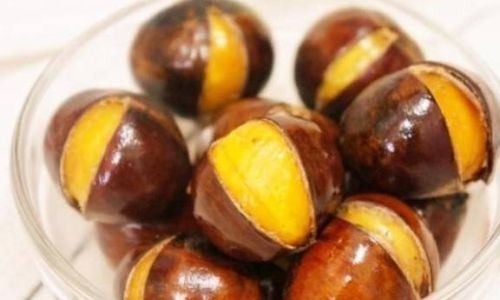
Selecting and Storing Chestnuts
The journey to perfect chestnut dishes begins with selecting fresh, high-quality nuts.
- Appearance: Choose chestnuts with smooth, shiny shells free of cracks, mold, or holes. Avoid those with shriveled skins, as they may be dried out.
- Weight: Fresh chestnuts should feel heavy for their size, indicating high moisture content.
- Sound: Gently shake the nut; a rattling sound suggests the kernel has shrunk, signaling dryness or age.
Storage Tips:
- Short-Term: Store unpeeled chestnuts in a cool, dry place (like a pantry) for up to one week.
- Long-Term: Refrigerate them in a perforated plastic bag for 2–3 weeks. For extended preservation, freeze peeled or cooked chestnuts in an airtight container for up to six months.
Classic Preparation Methods
Roasting: The Iconic Approach
Roasting chestnuts is a timeless tradition, especially during autumn and winter.
- Step 1: Preheat your oven to 400°F (200°C).
- Step 2: Using a sharp knife, score an “X” on the flat side of each chestnut. This prevents explosions and aids peeling.
- Step 3: Soak the nuts in warm water for 15 minutes to soften the shells.
- Step 4: Drain and place them on a baking tray. Roast for 20–25 minutes, shaking the tray halfway through.
- Step 5: Wrap the roasted chestnuts in a kitchen towel for 5 minutes to steam. Peel while warm, as cooled shells become stubborn.
Pro Tip: For open-fire roasting, use a chestnut roasting pan with holes to allow heat circulation.
Boiling: A Quick Alternative
Boiling yields tender, moist chestnuts ideal for purées or stuffing.

- Step 1: Score the shells (as above) and boil in salted water for 15–20 minutes.
- Step 2: Drain and peel immediately. The shells will slip off more easily than when roasted.
Microwaving: Speed and Convenience
- Step 1: Slit the shells and place chestnuts on a microwave-safe plate.
- Step 2: Microwave on high for 2–3 minutes. Let cool slightly before peeling.
Health Benefits of Chestnuts
Chestnuts stand out in the nut family for their unique nutritional profile:
- Low in Fat: A 100g serving contains just 2g of fat, compared to 75g in almonds.
- High in Fiber: Supports digestion and promotes satiety.
- Rich in Vitamin C: A rare trait among nuts, boosting immunity.
- Gluten-Free: A boon for those with celiac disease or gluten sensitivities.
However, their carbohydrate content (45g per 100g) means portion control is key, especially for diabetics.
Creative Chestnut Recipes
Chestnut Stuffing for Poultry
Elevate your holiday turkey or chicken with this aromatic stuffing:
- Ingredients: 2 cups boiled chestnuts (chopped), 1 onion (diced), 3 celery stalks (diced), 1 cup breadcrumbs, ½ cup fresh parsley, 1 tsp thyme, ¼ cup olive oil.
- Instructions: Sauté onion and celery until soft. Mix with chestnuts, breadcrumbs, herbs, and oil. Stuff the bird or bake separately at 350°F (175°C) for 30 minutes.
Chestnut Soup with Sage Cream
A velvety, comforting soup for chilly evenings:
- Ingredients: 1.5 lbs chestnuts (roasted and peeled), 1 leek (sliced), 2 garlic cloves, 4 cups vegetable broth, ½ cup heavy cream, 1 tbsp sage (chopped).
- Instructions: Sauté leek and garlic until golden. Add chestnuts and broth; simmer for 20 minutes. Blend until smooth. Stir in cream and sage; season to taste.
Mont Blanc Dessert
A French classic featuring chestnut purée and whipped cream:
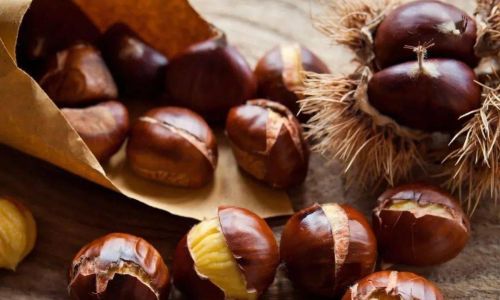
- Ingredients: 1 cup chestnut purée, 1 cup heavy cream (whipped), 2 tbsp powdered sugar, 1 tsp vanilla extract.
- Instructions: Pipe chestnut purée in a spiral over a meringue base. Top with whipped cream and grated chocolate.
Chestnut Flour Pancakes
Gluten-free and subtly sweet:
- Ingredients: 1 cup chestnut flour, 1 cup milk, 2 eggs, 1 tbsp honey, 1 tsp baking powder.
- Instructions: Whisk ingredients until smooth. Cook on a greased skillet until bubbles form. Serve with maple syrup and berries.
Innovative Uses for Chestnuts
- Chestnut Flour: Use it in bread, pasta, or pancakes for a nutty, slightly sweet twist.
- Chestnut Spread: Blend roasted chestnuts with cocoa, coconut oil, and sweetener for a vegan “Nutella” alternative.
- Chestnut Beer: Some breweries incorporate chestnuts into stouts or ales for malty depth.
Cultural Significance of Chestnuts
Chestnuts have long been woven into global traditions:
- Japan: Kuri (chestnuts) are a symbol of autumn, featured in rice cakes (kuri mochi) and simmered dishes.
- Italy: Castagne arrosto are sold by street vendors, while castagnaccio is a chestnut flour cake topped with pine nuts.
- Korea: Bam (chestnuts) are stuffed into rice cakes (bam gok) for special occasions.
Troubleshooting Common Issues
- Hard Peels: Soak chestnuts in hot water before roasting.
- Mealy Texture: Overcooking dries them out; monitor closely.
- Bitter Taste: Remove any sprouted or moldy nuts before cooking.
Conclusion
Chestnuts are a culinary chameleon, equally at home in savory stews and decadent desserts. By mastering preparation techniques, exploring global recipes, and appreciating their nutritional benefits, you can elevate this humble nut into a star ingredient. Whether roasted over a crackling fire or blended into a silken purée, chestnuts offer a taste of tradition and innovation—a true gift from the forest.
So, grab your apron, sharpen your knife, and embark on a chestnut adventure. Your taste buds—and your guests—will thank you.
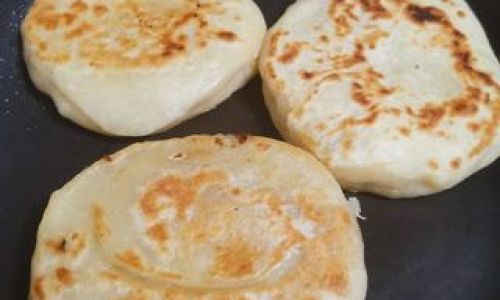
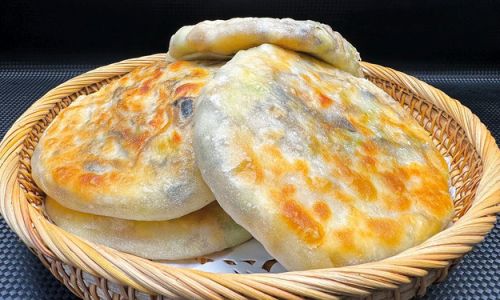

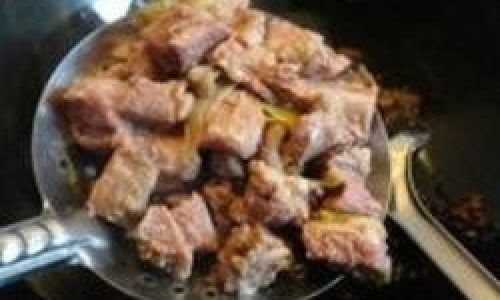
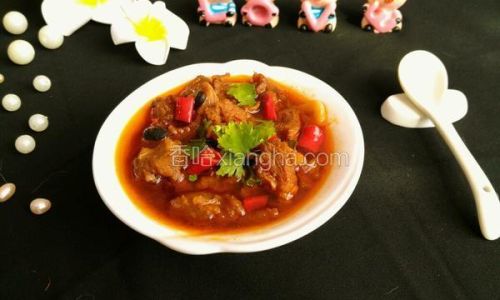
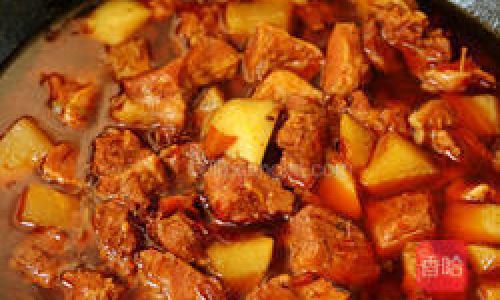
0 comments